My past month has been filled with a full rainbow of emotions. Heartbreak and hope, rage–and its softer cousin–sadness, as well as frustration, pride, grief, confusion, joy, and worry…. because of the fires and also because of what is happening in our family, our community, our government, and our world.
Some moments, I consider laying in bed all day, doing nothing. But I don’t.
What is helping me shift out of despair into action is the following story and metaphor…
The part of Altadena that didn’t burn
This story starts with an image. You may have already seen this heat map of the city of Altadena which was widely circulated in the media (my nephew annotated this one).
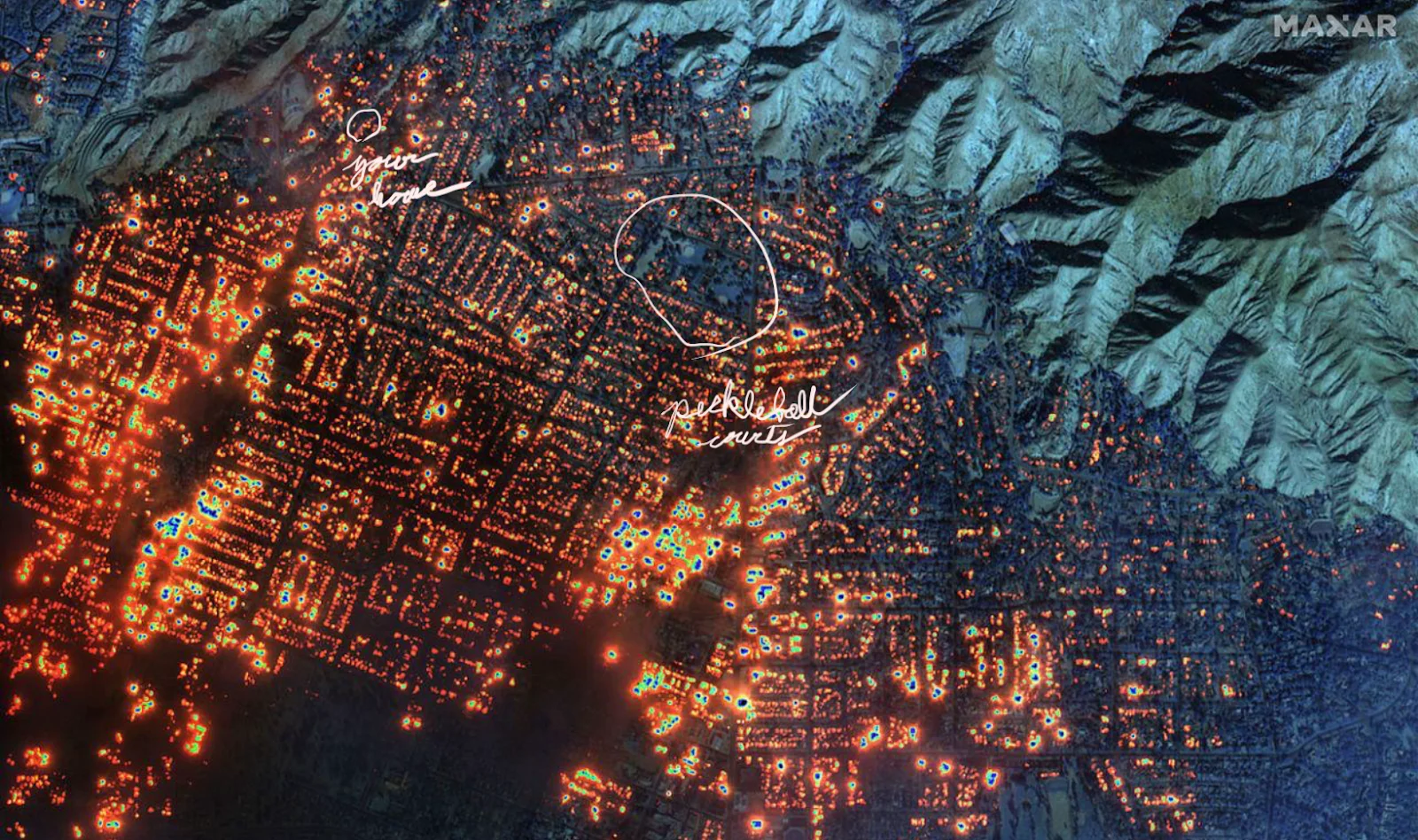
You can clearly see the devastation. Every black line is a road and between each back line are houses, back-to-back and side-to-side. They all burned. Altadena was a particularly dense part of the city, as well as being racially and economically diverse.
But here’s one thing I want you to notice. What do you think happened to the city in the lower part of this image? Do you see the area that did not burn, even though it was surrounded on three sides by flames?
What is going on there?
The Story of Christmas Tree Lane
The particular street in Altadena, that didn’t burn, is called “Christmas Tree Lane” and it is lined with trees that are 150 years old. Since 1920, each year the trees have been lit up for the holiday season. People come from all around, walking or driving up the street to see the lights.
The trees on Christmas Tree Lane are Deodar cedars (Cedrus deodara), and they are indigenous to the Himalayas. As you might have already guessed, the name “deodar” means “Tree of God”. (Deva in Sanskrit means divine, deity, or Deus. Dāru means druid, tree, and true.) Several Hindu legends mention the Deodar. Among Hindus, this cedar is a divine tree.
So why didn’t they burn?
On January 15th, 2025, the L.A. Times reported that even though the trees were surrounded by flames on three sides and had “a torrent” of embers coming down on them, they had escaped damage. Beyond broken branches, most of the Deodar–and the houses on that street–were unscathed. Scott Wardlaw, the head of the Christmas Tree Lane Association, said “The trees didn't burn and it's not clear why.”
Maybe the Deodar–and the surrounding houses–were well irrigated.
Maybe they have thicker bark that keeps them from burning.
Maybe cedar is somewhat fire-resistant.
But I like the idea my sister shared the best. Maybe Deodar cedars protected the houses, shielding them from the torrent of embers.
Which leaves me with the question, “How can we be Deodar cedars for others?”
How to protect and shield others
How can we protect the people around us?
How can we extend our branches like the Deodars so that the embers don’t hurt more vulnerable people?
Maybe our branches can protect undocumented folks, people recovering from the fires or transgender kids. Maybe our branches can protect people from racial injustice, economic inequality, or discrimination.
Maybe some days we are stretched thin and our branches feel like they can barely protect ourselves and our own kids. It’s okay to focus our love and care on those close by and ourselves sometimes. We need to make sure we are well irrigated and that our bark is thick so we can be fire-resistant.
Stories of people who are protectors
Here are just a few stories that I’ve personally heard about people who are acting as protective Deodar cedars. These stories will never make the news, but they give me hope, they spur me from despair to action.
You might relate to these stories, or you might not.
- As many others have done, my sister’s family took in another family who was displaced by the fires. She is busy arranging carpools, fundraising, and supporting her children’s school community.
- My Oregon neighbors helped me put together a potato bar meal fundraiser and they donated money to people that they didn’t directly know.
- I know a lawyer, medical professionals, and several therapists who serve the transgender community, who are working hard right now to protect this vulnerable population, sometimes risking their careers to do so.
- Like many small businesses, a secondhand clothing store by our house in Oregon donated a percentage of proceeds to help the fire recovery.
- I know a private school that accepted 100 students from another private school that burned down.
- Rather than viewing them as a competitor, a drum store in LA did a fundraiser for another drum store lost in the fire.
- This video is being circulated to help undocumented people know their rights.
- My neighbor has organized Stand-Up for Racial Justice (SURJ) meetings for our community.
- A few months ago I heard a story about when peaceful university protests were happening in Eugene, OR. The homeless community had agreed that if law enforcement showed up, they were going to put themselves between the student protestors and the police. Yes, even houseless people can be Deodar cedars.
And maybe it’s easy to look at what is happening and say, “Those issues aren’t affecting me or people I know”.
I understand those thoughts. Sometimes I think the same way.
And here’s what I also think.
We are all interconnected
There is no “you” and “me”.
There only is an “us”.
(Or as Dr. Dan Seigel says instead of “me” or “we”. There is a “mwe”.)
We are all connected.
Even if you are not being directly impacted by things going on in the world, your neighbors might be, or your friends, or your friends’ friends. This is happening to “mwe” and in the future it will happen to you or me or “mwe”.
Helping others helps you, because… helping others, helps all of us.
And if there is only an “us”, helping someone else is the same thing as helping myself.
Small actions in our families, communities, in our neighborhoods are where we can build resilience. This is what resilient parenting looks like. Baby steps, day by day. Doing what you can, with what you have, wherever you are.
Thanks for whatever you are doing to help you and me and all of us.

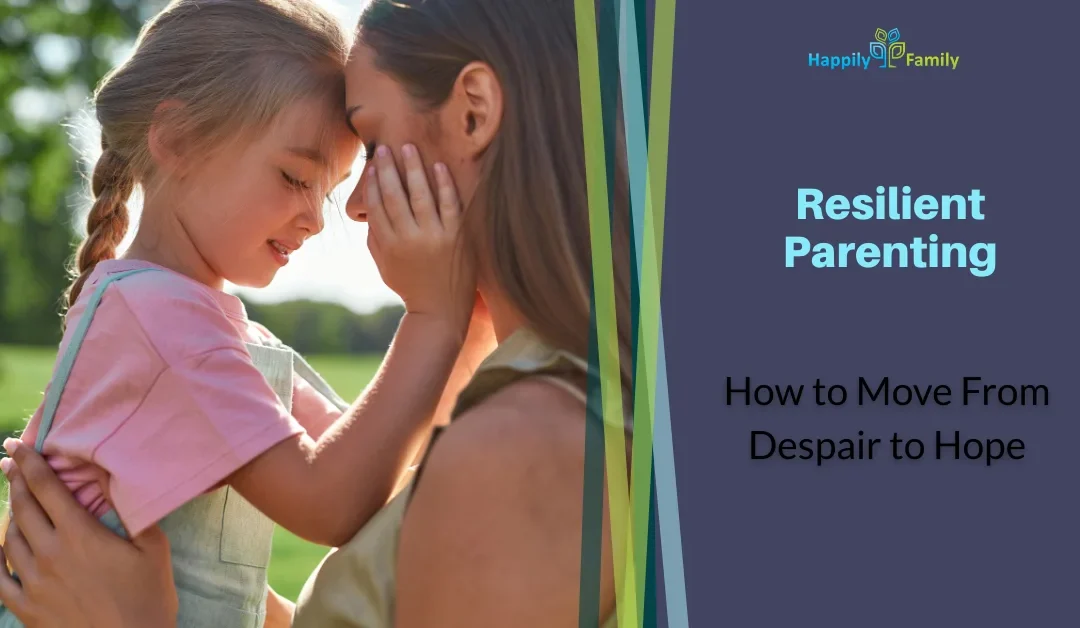
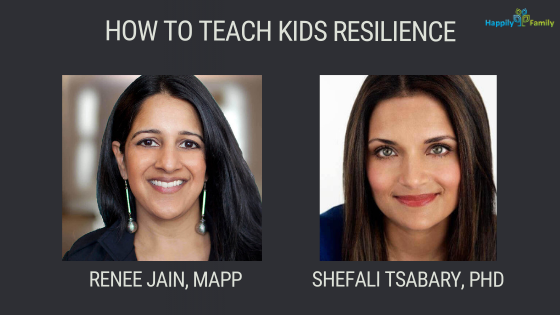

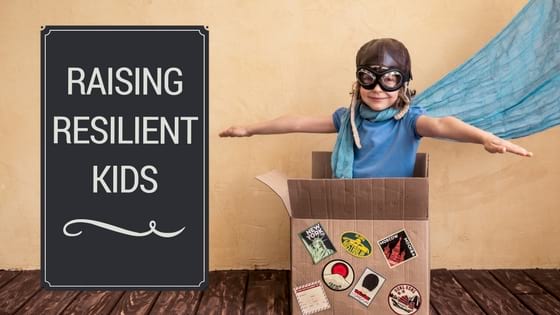
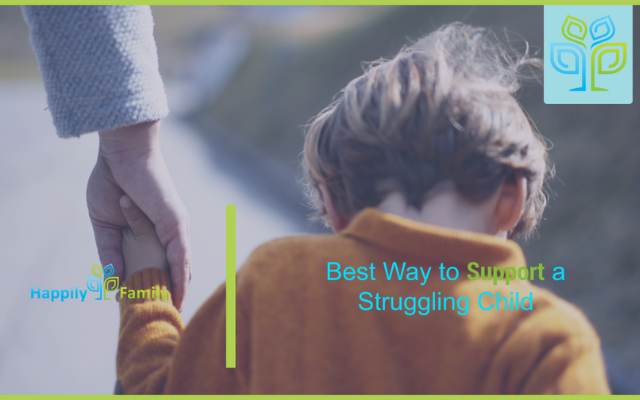
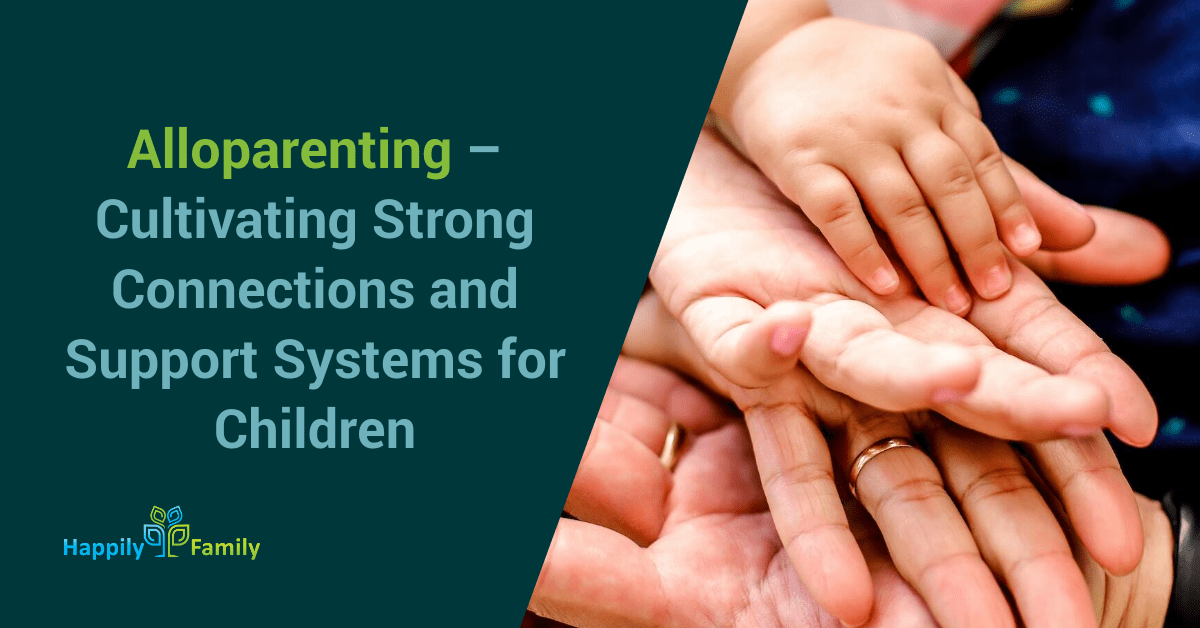
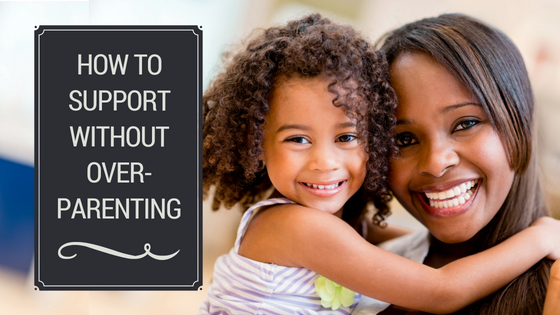
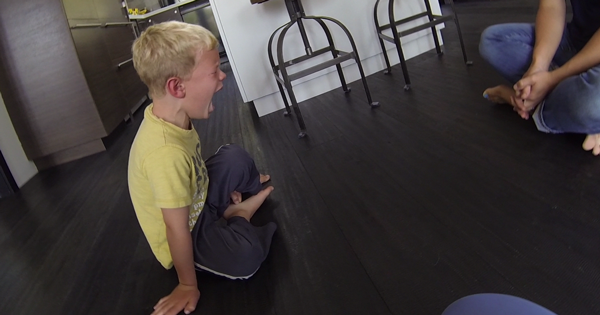
Hello! I hope you’re having a great day. Good luck :)
Is there ever in person conferences or an option for those? Also, are there more current recordings? The last I’m seeing is from 2019. Thanks! Looking forward to learning.
We have not done an in-person event for parents… yet! But we WILL be doing a online conference this year! And there are more current conference recordings available from 2022 on this page https://www.happilyfamily.com/classes-conferences/
Cecilia, your beautiful analogy and story are inspiring. Our aunt lived high up in the mountains of Malibu. Luckily, the surrounding mountains protected her home from the fire, like the Deodar tree protected the homes in that little part of Altadena. She is still in a hotel and unable to return home due to the destroyed infrastructure and power lines. The restoration efforts are focused on areas where more houses are still standing and families can move back. Despite these challenges, she remains thankful for nature, which has protected her home. Nature can be devastating and protective at the same time, like people. If anyone were as understanding as our old, care-dependent aunt in a hotel, accepting that families and other homes have been prioritized, the world would be better, more peaceful, and more caring for one another.
Laura, thank you for sharing the story of your aunt. I appreciate your story of the protectiveness of nature. I hope that she gets back to her house quickly. She seems like such a kind person. Big hugs to you and your family.
Beautiful. Thank you✨💖✨
Thank you, Sherri. Hugs to you!
Deodar ‘Mwe’s’ 💜🌲
This was very beautiful, thank you.
Warmly,
From the also Recovering Blue Ridge Mtns
Erica, my heart reaches out to your community too! xox
100% !!
Thank you for this inspiring post. I know Christmas Tree Lane well. I have been present for the lighting ceremony in December. It’s a wonderful community event. There is a Girl Scout property at the north end of Christmas tree Lane that suffered only minimal damage thanks to those trees. As a Girl Scout leader in the Altadena area, I know many families and troops that were affected by these fires. Some lost everything. Our Girl Scout community has embraced these families. It is wonderful to see so many people lending a helping hand and heart to other families.
If everyone helps, no matter how big or small. We are ALL the better for it. Yes, we are all one. ❤️
I’m so glad the Girl Scout community has come together (no surprise, right?). I saw the Girl Scout property just this past December when I was driving to my brother’s new home, past my niece and nephew’s school. Thank you for all you are doing to help the families!
Thank you
You’re welcome, Sandra!
That was perfect. Thank you.